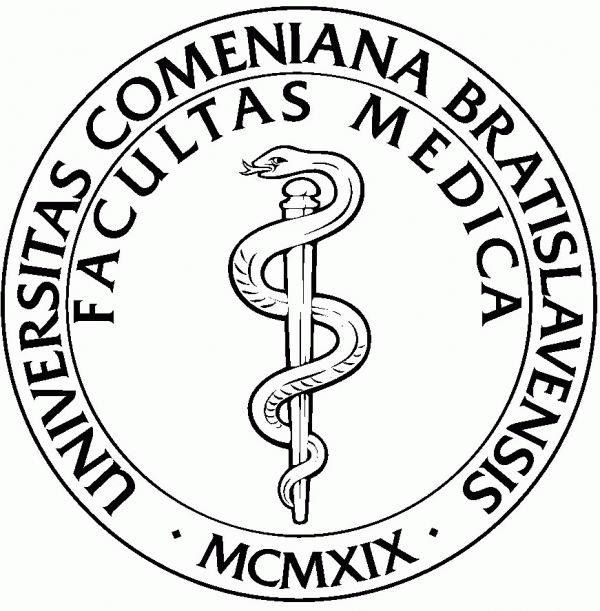Patient simulator
"What I hear, I forget. What I see, I remember. And what I do, this I understand"
Learning through play. The revolutionary concept introduced in the 17. century by John Amos Comenius is being widely applied in the modern methods of teaching called "learning-by-doing", that means simulation games. Hence, by means of simulation games one can safely test behavior of simulated object as any mistake or error performed by student has no negative effect on the simulated object.
In our care, simulated object is patient simulator, which is computer-controlled manikin. Simulatore breaths, talks, can be palpated on pulses, auscultated and many other actions can be performed on it. Real medical devices (e.g. EKG or defibrillator) can be connected or applied on simulator providing realistic medical output, or medical acts can be performed on simulator e.g. cardiopulmonary resuscitation, intubation etc. Generally, wide range of techniques and methods can be trained on the simulator by both the students and professionals. Also, simulators can be applied for the complex training of the medical teams.
The heart of the simulator is the control software which allows to set and change all the physiological parameters (cardiovascular, respiratory, neurological etc.) in the simulator, thus to create (pato)physiological patient states - simulated cases. These cases can be used for the training of the students and professionals as well.
The task of the student is to stabilize the "patient" by performing various medical acts. This process is driven by the scenario, which is pre-programmed algorithm controlled by the teacher or instructor. Student follows the scenario, performs all the acts needed, while teacher or instructor controls all his acting. Scenario can be either linear or branched (the state of "patient" depends on the student´s good or wrong decision in each step). As the supplements, real material can be used in the scenario - RTG, lab results etc. When regularly trained, student can gain relevant skills and abilities how to react properly and to follow the proper steps in the various clinical case he/she might encounter with during his/her future medical praxis.

